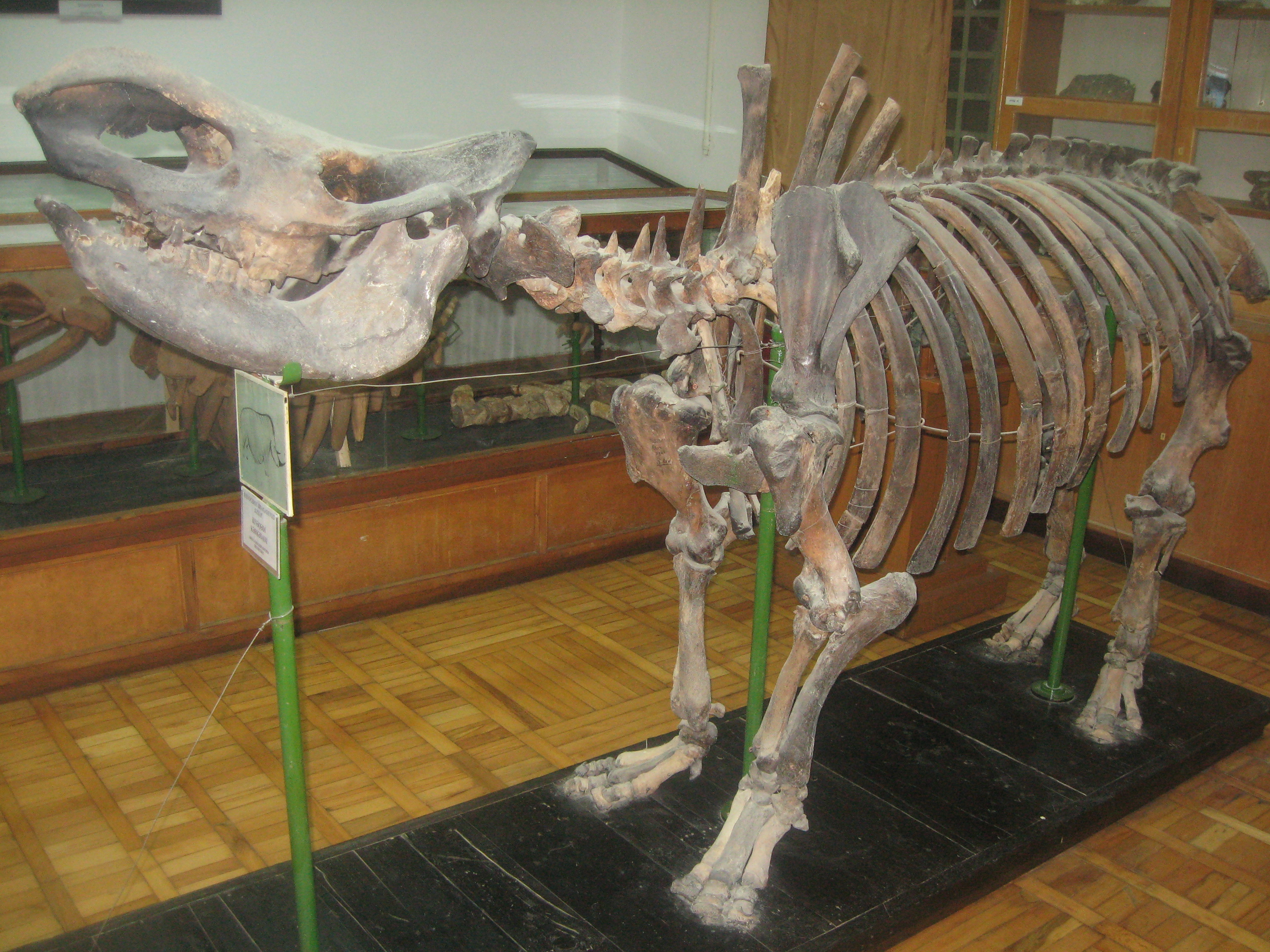Binagadi asphalt lake on:
[Wikipedia]
[Google]
[Amazon]
 The Binagadi asphalt lake (or Binagadi tar pits) are a cluster of
The Binagadi asphalt lake (or Binagadi tar pits) are a cluster of
/ref>
The mammals of the Caucasus: a History of the Evolution of the Fauna
— Israel Program for Scientific Translations, 1967. — 816 pages
 The Binagadi asphalt lake (or Binagadi tar pits) are a cluster of
The Binagadi asphalt lake (or Binagadi tar pits) are a cluster of tar pit
Tar pits, sometimes referred to as asphalt pits, are large asphalt deposits. They form in the presence of oil, which is created when decayed organic matter is subjected to pressure underground. If this crude oil seeps upward via fractures, co ...
s in urban Baku, Azerbaijan
Azerbaijan (, ; az, Azərbaycan ), officially the Republic of Azerbaijan, , also sometimes officially called the Azerbaijan Republic is a transcontinental country located at the boundary of Eastern Europe and Western Asia. It is a part of t ...
. Asphaltum
Asphaltite (also known as uintahite, asphaltum, gilsonite or oil sands) is a naturally occurring soluble solid hydrocarbon, a form of asphalt (or bitumen) with a relatively high melting temperature. Its large-scale production occurs in the Uintah ...
or tar
Tar is a dark brown or black viscous liquid of hydrocarbons and free carbon, obtained from a wide variety of organic materials through destructive distillation. Tar can be produced from coal, wood, petroleum, or peat. "a dark brown or black bi ...
has seeped up from the ground in this area for tens of thousands of years. The tar is often covered with dust, leaves, or water. Over many centuries, animals that were trapped in the tar were preserved as bones.
This ancient flora and fauna deposit is protected by the State as a monument of a nature of the special significance pursuant to the Decree of the Government of Azerbaijan Republic No. 167 of March 16, 1982."Binegadi" 4th Period Fauna and Flora Deposit/ref>
Geography of the area
The Binagady locality is on the crest of a hill 0.5 km southeast of the settlement of Binagady, and 7 km north of Baku. The coast at its closest is 10 km to the south and 25 km to the north. The bone-bearing area comprises approximately 1.5 hectares and is located on a hilltop near the Kyrrar hill. The area is 54–57 m above present sea level, and 48 m above the level ofLake Boyukshor
Boyukshor ( az, Böyük Şor gölü), also spelled separately Boyuk Shor (in translation refers to "Big Salty") is the second largest lake of Azerbaijan and largest on Absheron Peninsula. It is located in the center of the Absheron peninsula, on th ...
. An ancient mud volcano (Kichik-Dag) lies north of the fossiliferous area; further to the north is the meridionally elongated, saline Lake Masazyr (Mirdalyabi) and to the northeast Lake Binagady. To the east is the saline depression Kariatakh-Shor, beyond which rises the Balakhany Plateau. Extending from the Binagady hill are oil-bearing Salinas and the saline Lake Beyuk-Shor, which stretches far to the southeast.
Natural-Historical Museum
The Binagadi fauna and flora deposit has been suggested to be richer by number of Quaternary animal fossil than the Californian La Brea Tar Pits. The Binagadi deposit is important in studying thepaleobiology
Paleobiology (or palaeobiology) is an interdisciplinary field that combines the methods and findings found in both the earth sciences and the life sciences. Paleobiology is not to be confused with geobiology, which focuses more on the interactio ...
of entire Caucasus
The Caucasus () or Caucasia (), is a region between the Black Sea and the Caspian Sea, mainly comprising Armenia, Azerbaijan, Georgia (country), Georgia, and parts of Southern Russia. The Caucasus Mountains, including the Greater Caucasus range ...
, Middle East
The Middle East ( ar, الشرق الأوسط, ISO 233: ) is a geopolitical region commonly encompassing Arabia (including the Arabian Peninsula and Bahrain), Asia Minor (Asian part of Turkey except Hatay Province), East Thrace (Europ ...
, and the European part of NIS countries.
Discovery of the first
The locality was discovered in 1938 by a student, Mastan-Zade, who was studying the Apsheron bitumens. The first excavations were organized by Bogachev in 1938 (Azerbaijan branch of the Academy of Sciences of the U.S.S.R.). The excavations continued until 1941 with the participation of Kasabova and Sultanov and were resumed in 1946 under the supervision of Burchak-Abramovich.N. K. VereshchaginThe mammals of the Caucasus: a History of the Evolution of the Fauna
— Israel Program for Scientific Translations, 1967. — 816 pages
References
Sources
* {{coord, 40, 28, 04, N, 49, 48, 04, E, region:AZ_source:kolossus-ruwiki, display=title Asphalt lakes Geography of Baku Geology of Azerbaijan Cenozoic paleontological sites of Asia Pleistocene Paleontology in Azerbaijan World Heritage Tentative List